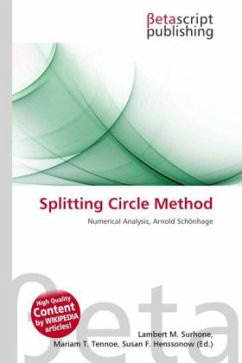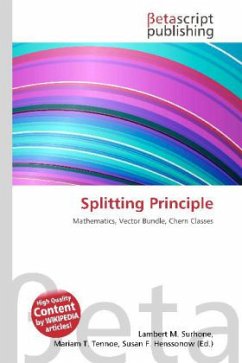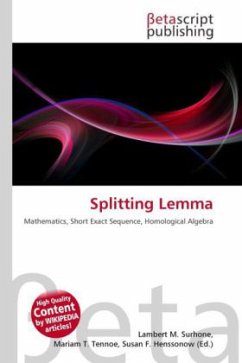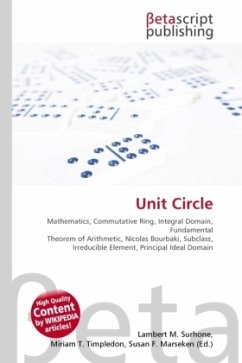Please note that the content of this book primarily consists of articles available from Wikipedia or other free sources online. In mathematics, the splitting circle method is a numerical algorithm for the numerical factorization of a polynomial and, ultimately, for finding its complex roots. It was introduced by Arnold Schönhage in his 1982 paper The fundamental theorem of algebra in terms of computational complexity (Technical report, Mathematisches Institut der Universität Tübingen). A revised algorithm was presented by Victor Pan in 1998. An implementation was provided by Xavier Gourdon in 1996 for the Magma and PARI/GP computer algebra systems. The fundamental idea of the splitting circle method is to use methods of complex analysis, more precisely the residue theorem, to construct factors of polynomials. With those methods it is possible to construct a factor of a given polynomial p(x)=x^n+p_{n-1}x^{n-1}+cdots+p_0 for any region of the complex plane with a piecewise smooth boundary. Most of those factors will be trivial, that is constant polynomials. Only regions that contain roots of p(x) result in nontrivial factors that have exactly those roots of p(x) as their own roots, preserving multiplicity.








